Redback bleeding heart tetra - Hyphessobrycon pyrrhonotus
Scientific name: Hyphessobrycon pyrrhonotus
Common name: Redback bleeding heart tetra
Family: Characidae
Usual size in fish tanks: 4 - 5 cm (1.57 - 1.97 inch)
014
Recommended pH range: 6.3 - 7.6
Recommended water hardness: 6 - 15°N (107.14 - 267.86ppm)
0°C 32°F30°C 86°F
Recommended temperature range: 23 - 28 °C (73.4 - 82.4°F)
The way how these fish reproduce: Spawning
Where the species comes from: South America
Temperament to its own species: peaceful
Temperament toward other fish species: peaceful
Usual place in the tank: Top levels
Introduction
The Redback Bleeding Heart Tetra (Hyphessobrycon pyrrhonotus) is a peaceful and vibrant fish native to the Amazonian River Basins in South America. Its striking red coloration and calm demeanor make it a popular choice for community aquariums. With proper care and an ideal environment, this species can thrive and enhance the beauty of your tank.
Food and Feeding
Redback Bleeding Heart Tetras are omnivorous and will readily accept quality flakes or small pellets as their staple diet. To maintain their vibrant colors and overall health, supplement their diet with live or frozen foods like bloodworms and brine shrimp twice a week. Feeding them a varied diet helps replicate their natural feeding habits in the wild.
Origin
Native to South America, these tetras inhabit the Amazonian River Basins. They are found in slow-moving streams and rivers with soft water and dense vegetation, conditions that should be replicated in their aquarium for optimal health.
Sexing
Male Redback Bleeding Heart Tetras can be distinguished by their more intense coloration and elongated dorsal and anal fins. Females tend to be slightly rounder, especially when ready to spawn.
Breeding
While breeding in home aquariums is rare, this species is believed to be an egg scatterer in the wild. If attempting to breed, provide a separate breeding tank with soft, acidic water and fine-leaved plants or spawning mops for the eggs to settle on. Once eggs are laid, remove the adults to prevent predation. The eggs should hatch in 1-2 days, and the fry can be fed on Infusoria or finely crushed flake food.
Lifespan
With proper care, the Redback Bleeding Heart Tetra can live for 3-5 years, bringing joy and beauty to any community tank setup.
Tank Setup
To mimic their natural habitat, use soft water with excellent filtration. The tank should have plenty of plants, including floating varieties, to provide shaded areas and reduce stress. Open swimming spaces are essential, as these fish are active swimmers. Maintain water parameters within their preferred range: a pH of 6.3-7.6, a hardness of 6-15°N, and a temperature of 23-28°C (73.4-82.4°F).
Compatibility
Redback Bleeding Heart Tetras are peaceful and do best in community tanks with other non-aggressive species. Ideal tankmates include small tetras, rasboras, peaceful gouramis, and Corydoras catfish. Keeping them in groups of at least six ensures their social needs are met and promotes natural schooling behavior.
Short Description
Redback Bleeding Heart Tetras are sensitive to water quality and require a well-maintained tank. Their vibrant red coloration and peaceful nature make them a standout addition to any aquarium. Keep them in groups and provide a suitable environment to witness their full beauty and natural behaviors.
Picture
Bought by aqua-fish.net from jjphoto.dk.
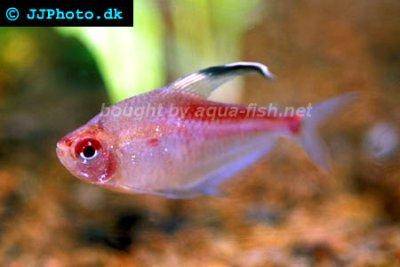


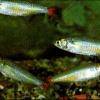 Bloodfin
Bloodfin 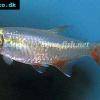 Bloodfin
Bloodfin 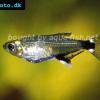 Panda
Panda 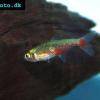 Green
Green 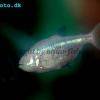 Blind
Blind 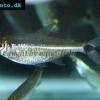 Kennedy
Kennedy 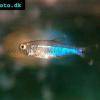 Blue
Blue 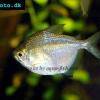 Discus
Discus 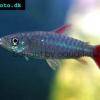 Pink
Pink 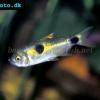 Bucktoothed
Bucktoothed 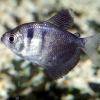 Black
Black 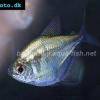 False
False 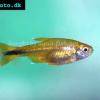 Silver
Silver  Hemigrammus
Hemigrammus 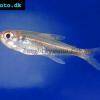 Dash-dot
Dash-dot 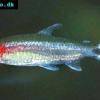 Rummy
Rummy 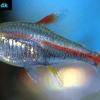 Glowlight
Glowlight 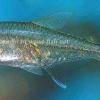 January
January 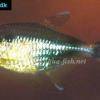 Head
Head 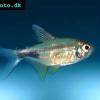 Garnet
Garnet 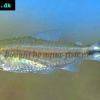 Rummy
Rummy 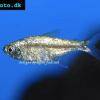 Gold
Gold 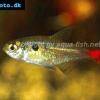 Red
Red 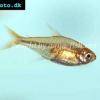 Ember
Ember 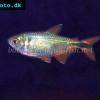 Buenos
Buenos 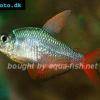 Colombian
Colombian 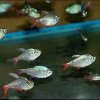 Ecuador
Ecuador 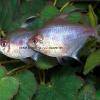 Bleeding
Bleeding 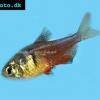 Flame
Flame 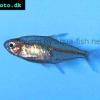 Georgett’s
Georgett’s 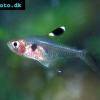 Griems
Griems 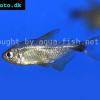 Kitty
Kitty 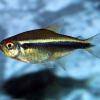 Black
Black 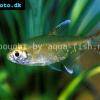 Firefin
Firefin 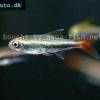 Loreto
Loreto 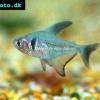 Black
Black 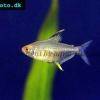 Lemon
Lemon 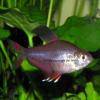 Rosy
Rosy 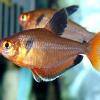 Serpae
Serpae 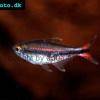 Savanna
Savanna 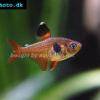 Red
Red 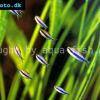 Blue
Blue 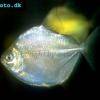 Silver
Silver 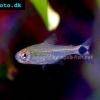 Ceros
Ceros 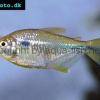 Napo
Napo 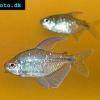 Diamond
Diamond 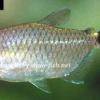 Red
Red 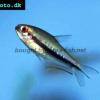 Rainbow
Rainbow 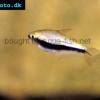 Emperor
Emperor 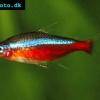 Cardinal
Cardinal 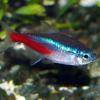 Neon
Neon 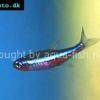 Green
Green 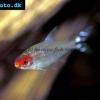 False
False 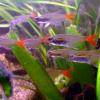 Glass
Glass 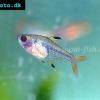 X-ray
X-ray 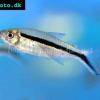 Penguin
Penguin